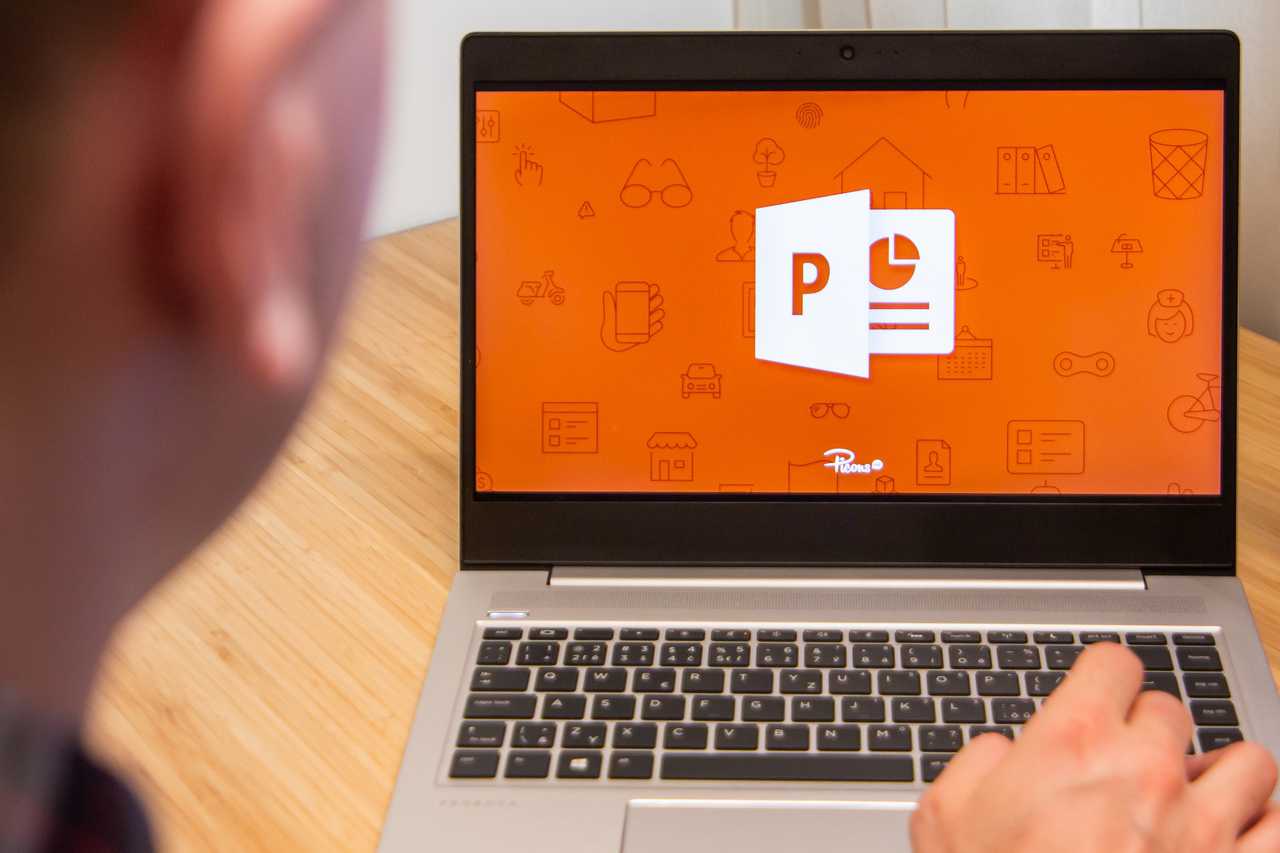Are you wondering how to create your own course to help other people?
In today’s digital world, it has become harder to capture the attention of other people. Did you know that today, the average person loses their attention span in only eight seconds?
This statistic means that what you say and how you say it can make a big difference on your audience. Read on to learn how to learn course creation 101 so that you make an impact on your audience!
Consider the Knowledge Level of Your Audience

Before beginning online course creation, you should consider the knowledge level of attendees.
What do you expect attendees to know and understand before your course starts? How will the information in your course help each person build on their base of knowledge? The answers to these questions will help you design a course that works.
If you underestimate their knowledge, you put yourself at risk of losing your audience early on during your presentation. You won’t be able to accurately predict everything that your audience knows and doesn’t know. Thinking about the knowledge and skill level of attendees helps you prepare a more effective course.
Use Credible Sources to Complement You
Regardless of your reputation in the subject matter of your course, you should include information from credible sources to support your positions. You may be asking, ‘What is a credible source?’.
A credible source is one with a strong reputation for reporting accurate information and statistics on a particular subject.
For example, Consumer Reports is well-known for being an independent and non-profit organization that reports unbiased information to help consumers make decisions.
Today around the globe, there are more sources for information than ever before. Don’t mistake popularity for accuracy and integrity. You should only include sources that will help complement the information in your course, and that won’t raise controversy about how they reach their conclusions on a particular subject.
Keep Things Fun and Interesting
Your course should be fun and interesting for your audience to keep them interested and engaged in the topics you are covering over time. If your presentation is too dry and boring, your audience may tune you out and look to other sources to learn about that topic.
Find Fun Ways to Present
How can you make things more fun for your audience? One of the ways to do this is by interacting with attendees during your course. Sometimes this can be by requesting a volunteer to assist you as you perform a certain point of your presentation. Other times, you can take a poll by show of hands or paper survey.

Make It Interesting
How will you make your course more interesting? You can break things up by scheduling guest speakers to present on a particular topic that composes a part of the larger coursework. You may also choose to take a trip to an area that is significant to your subject matter.
For example, if you are presenting a course on American government and history, it can be effective to schedule a field trip to visit important areas in Washington, D.C. This will give course members a chance to see many of the things they are learning about in the course come to life.
These experiences can also serve as an enriching portion of your course because they give someone an opportunity to create a meaningful memory with other people.
Each Session Builds Upon the Other
Besides thinking of ways to entertain your audience and keep them engaged, you should consider the length of your course and how each session will build upon the other.
Some courses may last for several months, while others may only be one day long. For example, teaching a college course will span the entire semester, while putting on a course at a workshop may only be for a few hours.
The amount of time you spend with course attendees will help you decide the depth and style of your presentation. For example, if your course lasts only one day, you will not be able to go into as much depth as you would if you had many sessions over the course of months.
Leverage the Use of Technology
Before the advent of the internet and programs like Microsoft PowerPoint, developing a course was a bit of a mundane task. A lot of your time would be spent preparing materials for your course and deciding how to do things face-to-face.
Now in 2021, that has all changed for the better. Using the internet and software like PowerPoint and Word help course creators develop a truly interactive presentation. Course creator websites can also be used for ideas to bring to life in your course!

Besides that technology, you can also interact remotely with people across the world by using programs like Zoom video conferencing for courses. This gives you the opportunity to share your message with others, even if they can’t be there in person.
Before you begin using technology in your coursework, you should become familiar with the basics. It’s also a good idea to get comfortable with basic troubleshooting issues so that you can help course attendees with technical problems that may arise.
Use Course Creation to Your Advantage
Course creation is a great way for you to share your message with other people in a formal manner. Long before you start presenting your content to a live audience, you’ll want to spend time brainstorming about your course.
Who is your audience, and what are the main points you will cover in your course? What makes your course unique, and how will your message resonate with your audience in a meaningful way? The answers to these questions will help you create a course that matters.
Are you interested in learning about other great ways to help gain traction with the course you prepare? Check out the rest of our blog section for a post on the essential guide of branding vs. marketing!
